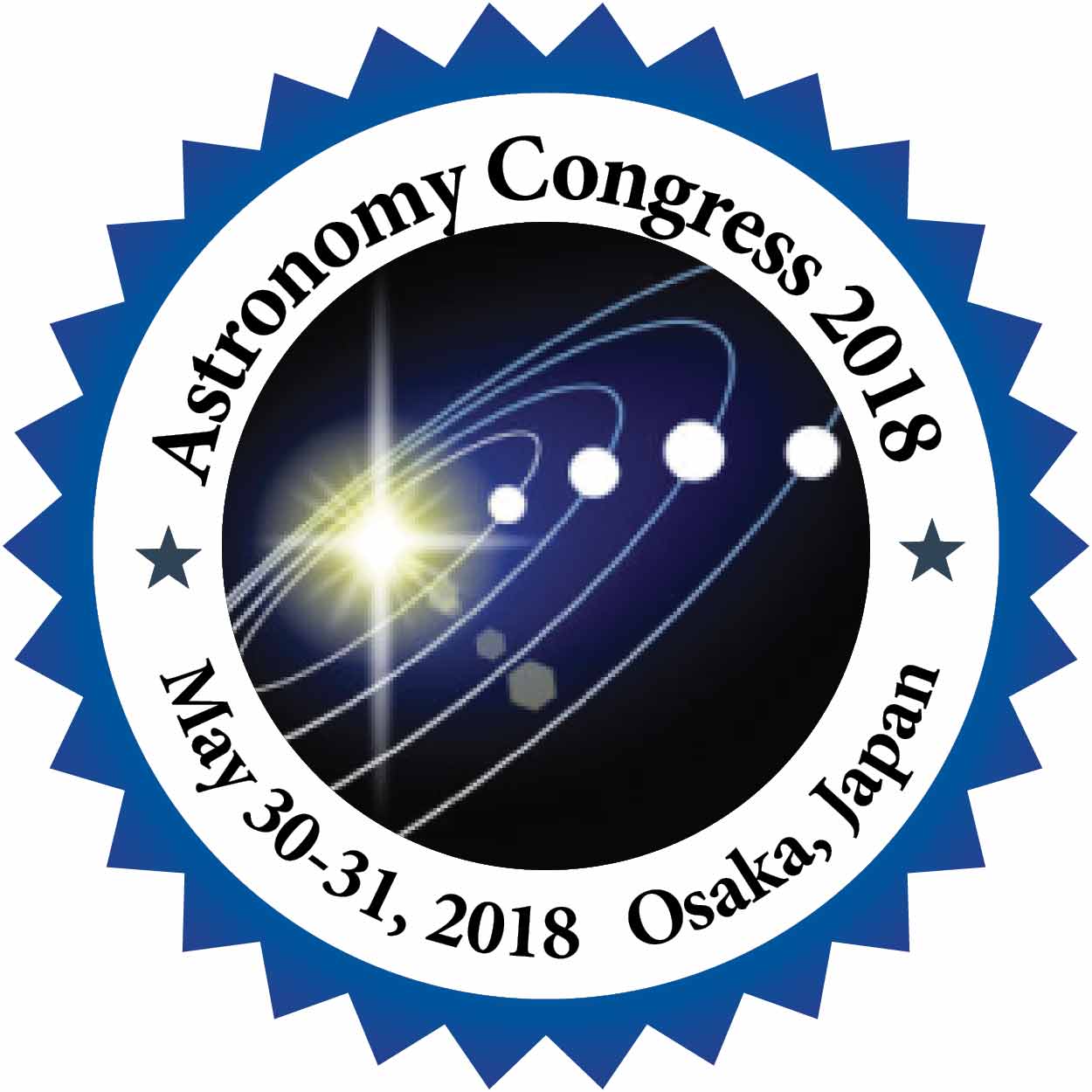
Poornima Varma
Department of Physics, Dr. H.S.Gour Central University, India
Title: Description of multi-ions plasma and ultra low frequency waves phenomena in various space regions around earth’s magnetosphere
Biography
Biography: Poornima Varma
Abstract
The study of ultra-low frequency wave phenomena is of global interest. The various international organizations are involved to investigate the same pattern of the instabilities concerning the electromagnetic emissions, plasma transport, micro pulsations and heating of the thermonuclear plasma. The investigation is based upon particle aspect approach as well as kinetic approach which we have been pursuing since last 25 years (e.g. Varma, et al., 1991 and references therein) in various space regions. Shukla et al., (2008) stated that the Polar and Cluster satellites have observed that large amplitude KAWs are observed throughout the plasma sheet, particularly at the plasma sheet boundary layer (PSBL) during substorm (Wygant et al., 2002). Recent investigation by Patel et al., (2011a, b) describes a useful mathematical model developed for hot multi-ion (H+, He+ and O+) plasma to study the electromagnetic ion cyclotron waves in auroral acceleration region and polar cusp region. The effect of increasing electron thermal anisotropies is to enhance the growth rate due to the interaction of electrons with EMIC waves. It is applicable to explain the EMIC wave phenomena in the Earth’s magnetosphere. Agarwal et al., 2012 analyzed the dispersive Alfven wave (DAW) features in auroral acceleration region. The findings indicate that inhomogeneity of magnetosphere may play a significant role in the description of auroral dynamic by DAW. The density and temperature gradients contribute significantly to excite the dispersive Alfven waves in the acceleration region. The role of velocity shear should be taken into account while dealing the dynamics of DAW in the magnetospheric plasmas. The findings of the investigation may be useful for the plasma heating processes, confinement device and the space plasmas. Laboratory plasmas as well as plasmas in space often contain strong gradients perpendicular to the background magnetic field. The outcome of the investigation is anticipated to explain the complexity and diversity of magnetosphere-ionosphere coupling and auroral electrodynamics by studying the wave phenomena of ULF waves at the substorm times which may be useful to study space environment at higher latitudes useful for polar satellites. This study may play a major role to unfold the mystery of substorm behavior effective on earths. This study also may be utilized to explain wave phenomena and acceleration of solar atmosphere and for thermonuclear plasma which are the future energy programs of the next era. The behavior of ultra-low frequency waves are studied in view of Birkeland current system, magnetospheric morphology and auroral acceleration pattern.

